After seven months of daily use, it is time to take stock of what the Asus Zenfone 10 is worth on a daily basis.
My very first Android smartphone was the HTC Magic, launched in 2009. It was one of the very best smartphones on the market then and yet, by today’s standards, it was a dwarf. With its 3.2-inch screen and measurements of 113 x 56 x 14 mm, it pales in comparison to the models currently sold on the market.
It’s inexorable: for more than ten years, smartphones have continued to increase, both in terms of performance and market share as well as size. Today, a Xiaomi 14, recently announced by the Chinese manufacturer, benefits from a 6.36-inch screen with a format of 153 x 72 x 8 mm. Above all, it is a smartphone considered relatively compact with regard to 2024 criteria.
A format that had everything to please me
For my part, I never stop complaining about large smartphones. I’ve used many, many phones in the past, but each time I’ve come back to the more compact models, whether it’s the Huawei P30 or the Essential PH-1. I’ve tried, over the years, to lean towards larger models, whether it’s the Google Pixel 6 Pro, the Vivo X80 Pro, the Oppo Find Nexus 6P. Each time, the observation was the same: this too large format was too uncomfortable for me. Far from satisfying me, these large screens – in too bulky sizes – hindered my one-handed use of the smartphone more than they satisfied my retina.
Therefore, once we were able to test the Asus Zenfone 10 last July, I turned to my colleagues and offered to do a long-term test of it.
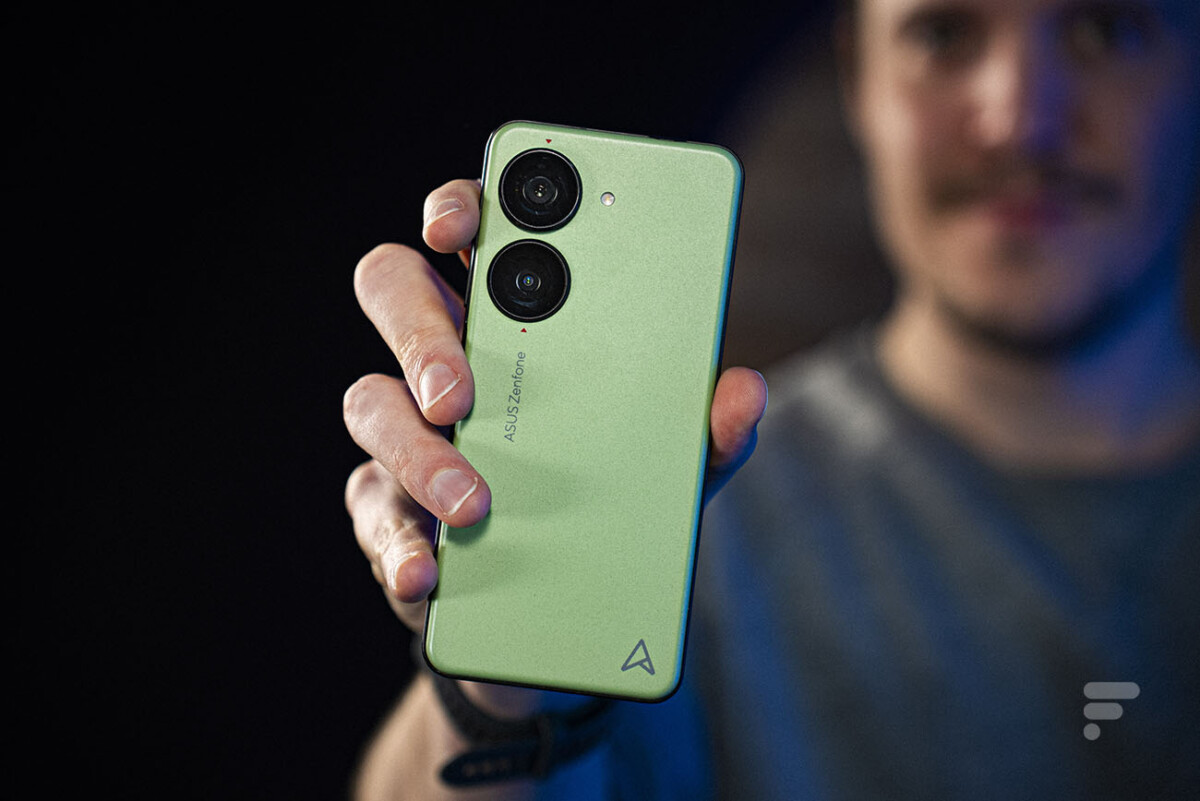
On paper, the Zenfone 10 had everything to seduce me. It must be said that Asus is one of the rare manufacturers of Android smartphones to offer smartphones in a reduced format – let’s not say “compact”, that could awaken some die-hard Sony Xperia fans. In 2024, smartphones with a screen diagonal of less than 6.2 inches can be counted on the fingers of one hand. We can certainly cite Samsung with its Galaxy S24, but also Google with its Pixel 8, Apple with its iPhone 15 and 15 Pro or Sony with its Xperia 5 V. And that’s it…
The number of relatively compact smartphones tends to melt away year after year like snow in the sun.
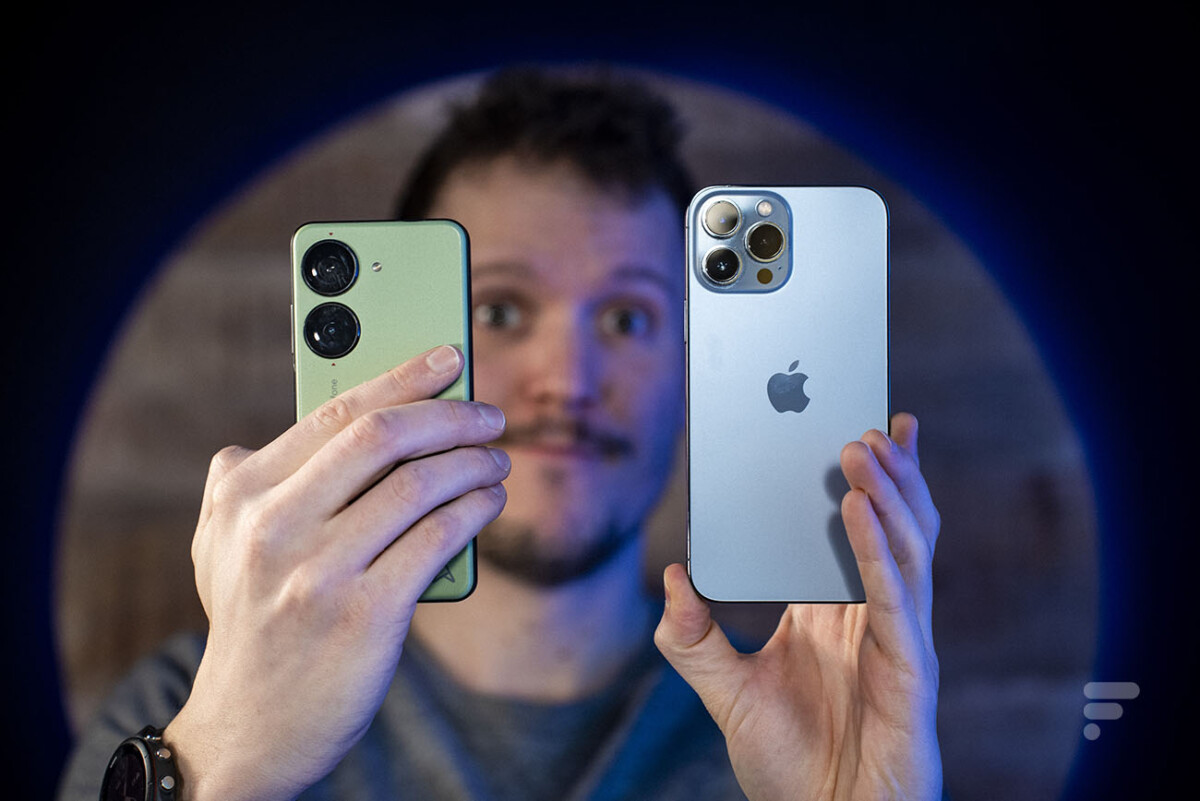
However, the Zenfone 10 offers a real alternative to the behemoths in the sector. It must be said that this choice of compact format is truly differentiating for the Taiwanese manufacturer and has everything of a smartphone from a bygone era. Judge for yourself: 5.9-inch screen, headphone jack, two-day battery life. Few phones today offer so many features which are now tending to disappear. Add on top of that wireless charging, a state-of-the-art Snapdragon 8 Gen 2 processor at the time of its release and a no-fuss Android interface and we have, on paper, a smartphone that had everything to seduce me.
Easy to handle, but far from perfect
We often tell you this on Frandroid, but a technical sheet alone is not enough to give you a definitive idea about a product and the Zenfone 10 is a very good example. It’s only through use that I was able to discover several surprises, both good and bad.
This is the case, for example, for the materials used. At first glance, I was quite skeptical about the idea that Asus would use plastic for the back of its smartphone. It must be said that the material is not as noble as glass. Above all, in the first days of use, the sensation to the touch, with an extremely matte effect, strongly reminiscent of cardboard, left me quite wondering and I feared that the smartphone would slip too much when I held it in my hand.
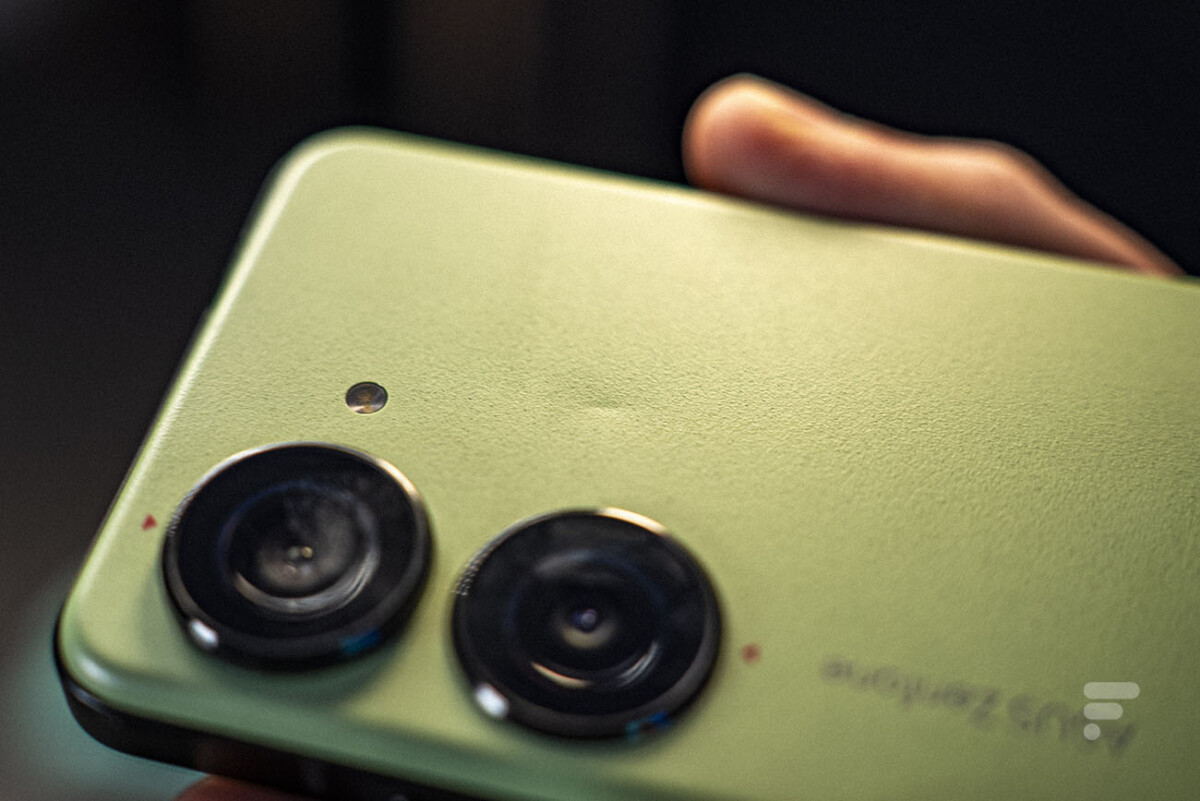
In the end, it didn’t happen and I didn’t encounter any sliding problems with the Zenfone 10… well, almost. Seven months later, when reviewing my experience, I noticed a small shock on the back of the smartphone. This is a point which must have come from a rather light shock, but, in this case, it is probably the choice of plastic which means that the smartphone does not suffer more damage. If the back had been made of glass, there is no doubt that the shock would have been much greater and that I would have been able to discover, at the time, a completely cracked back. There, thanks to the flexibility of the plastic, none of that and a shock that only becomes apparent to me after months of use.
The same is not true for the metal chassis which has clearly marked it on the lower right corner. Here again, the fact that the metal is tinted throughout makes it quite easy to forget this little shock.
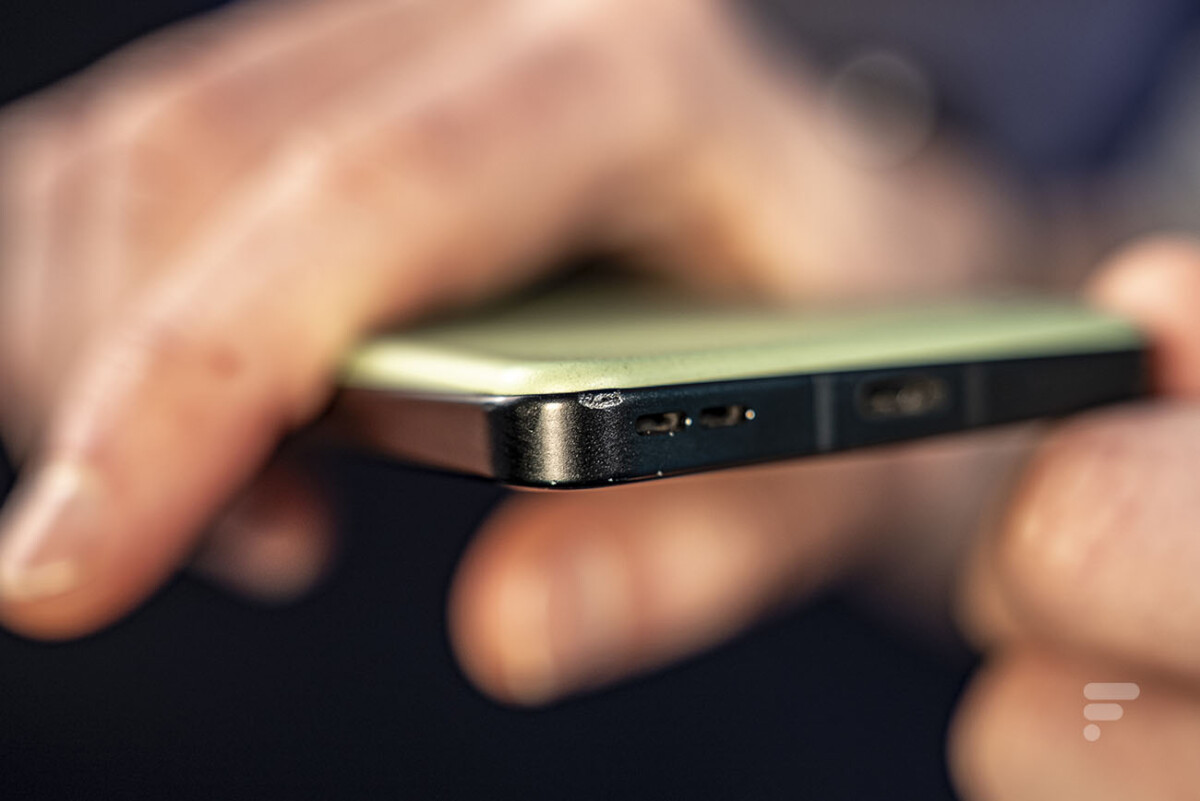
Apart from the shocks and wear inherent to prolonged use of any product, I must admit that I took great pleasure in using the Zenfone 10’s fingerprint reader. Positioned on the edge, it falls very easily under the thumb and is, to date, the most natural positioning for any phone. One wonders why so many manufacturers continue to persist in positioning the fingerprint reader under the screen, with the numerous identification errors. The headphone jack is also welcome, even if I didn’t have the opportunity to use it. If you still have wired headphones or earphones, it’s probably worth picking up.
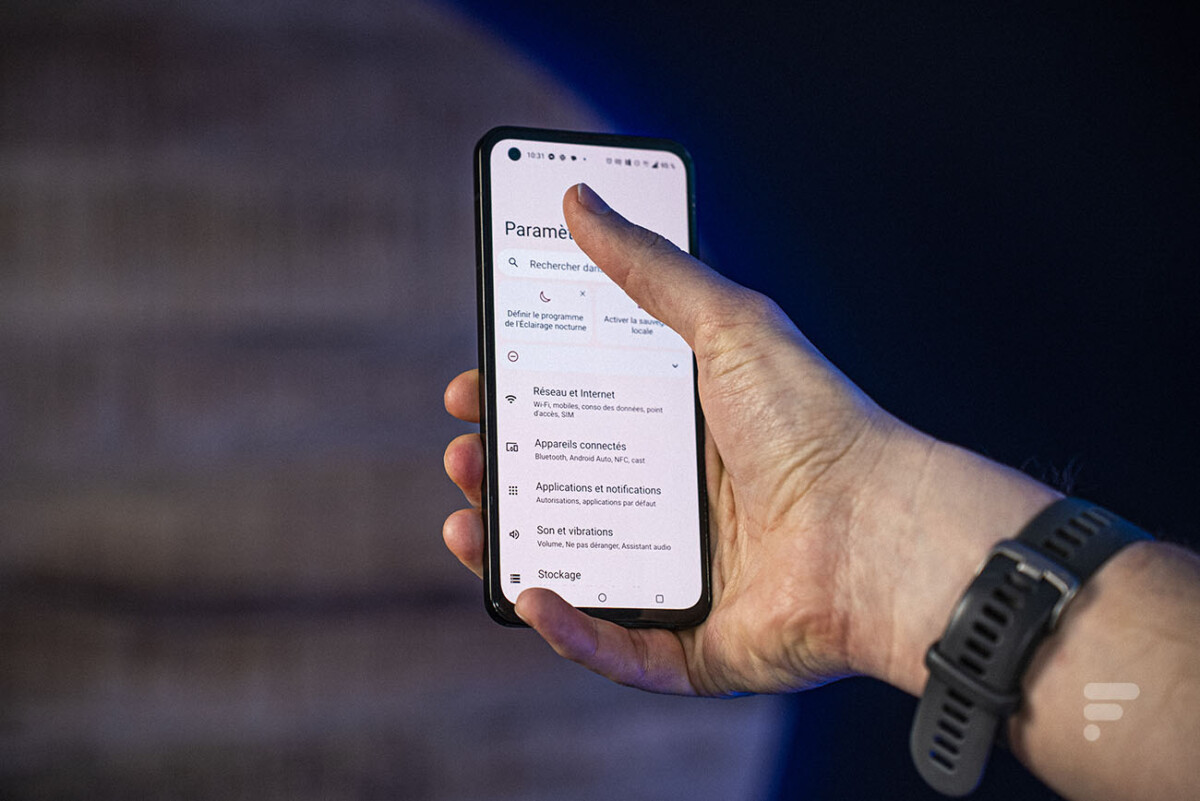
Finally, a final point on the format “ compact » of the Zenfone 10. In fact, even though the smartphone has a screen diagonal of 5.9 inches, the smartphone is not as comfortable to use as I might have thought at first glance. This is mainly due to the wide bezels all around the screen, with 2 mm width on the sides, 2.9 mm at the top of the screen and 4.1 mm at the bottom of the screen. Even if the screen is small, the borders remain relatively wide, which will affect the use of the smartphone. While I was happy with the idea of being able to use the Zenfone 10 with one hand, including reaching the upper left corner using the thumb of my right hand, it is clear that this does not was not as easy as hoped.
It’s not just the screen size that matters for a compact smartphone. It is above all the size of the device itself which will influence the comfort of use.
Correct software monitoring, but which will quickly deteriorate
From a software point of view, the Zenfone 10 offered, at its launch, Android 13. Now, seven months later, Asus’ flagship smartphone is equipped with Android version 14, with deployment available since the start of the year, and, at the time of writing, the December 2023 security patch.
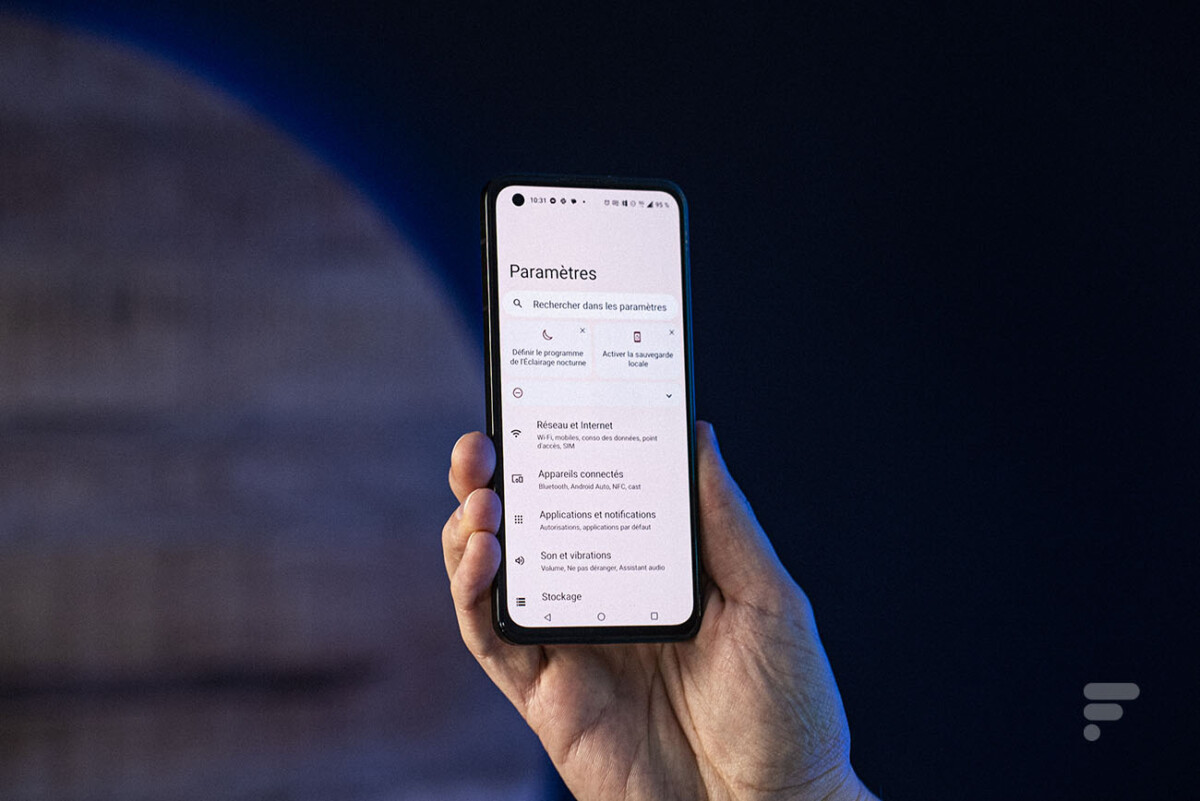
If we can only be satisfied with the fact that Android 14 was deployed relatively quickly on the Zenfone 10, everything is not rosy otherwise. Already, having arrived at the beginning of March, we could have hoped that the smartphone would benefit from a more recent security patch than that of last December 5. Then, and this was already one of the main flaws made at the launch of the Zenfone 10, Asus does not intend to multiply the updates over time.
Unlike Samsung and Google who now promise seven years of major Android updates on their premium models, Asus confines itself to a promise of two years of major updates and four years of security updates. In other words, Android 15, which is expected to be released in the fall, will in all likelihood be the last major update for the Zenfone 10, just over a year after its launch. It’s really a shame.
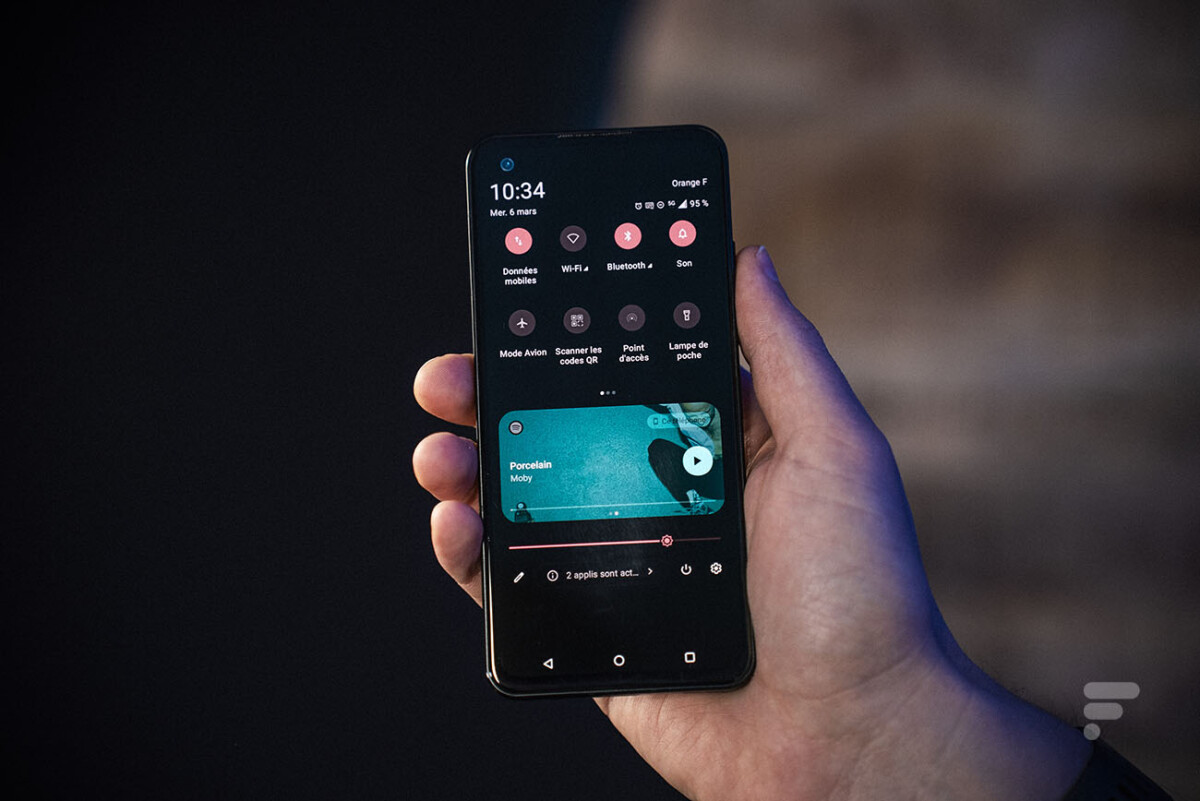
It’s all the more a shame as the interface offered by Asus is particularly pleasant to use. Like what OnePlus has offered in the past, we have an interface that uses the codes of the “stock” version of Android, but with additional customization options. It is also quite easy to find its little ones and, with the exception of a few duplicates (Clock or Phone), Asus has not swamped the interface with its own applications.
The photo, the poor relation of the Zenfone 10
Finally, the real poor relation of the Zenfone 10 lies in its camera, as already indicated in its complete test last July. It must be said that the smartphone only benefits from two cameras here: a wide-angle module and an ultra-wide-angle module. To benefit from lossless zoom, you will have to settle for the x2 hybrid zoom in the main 48 megapixel sensor. In short, it is not a panacea.
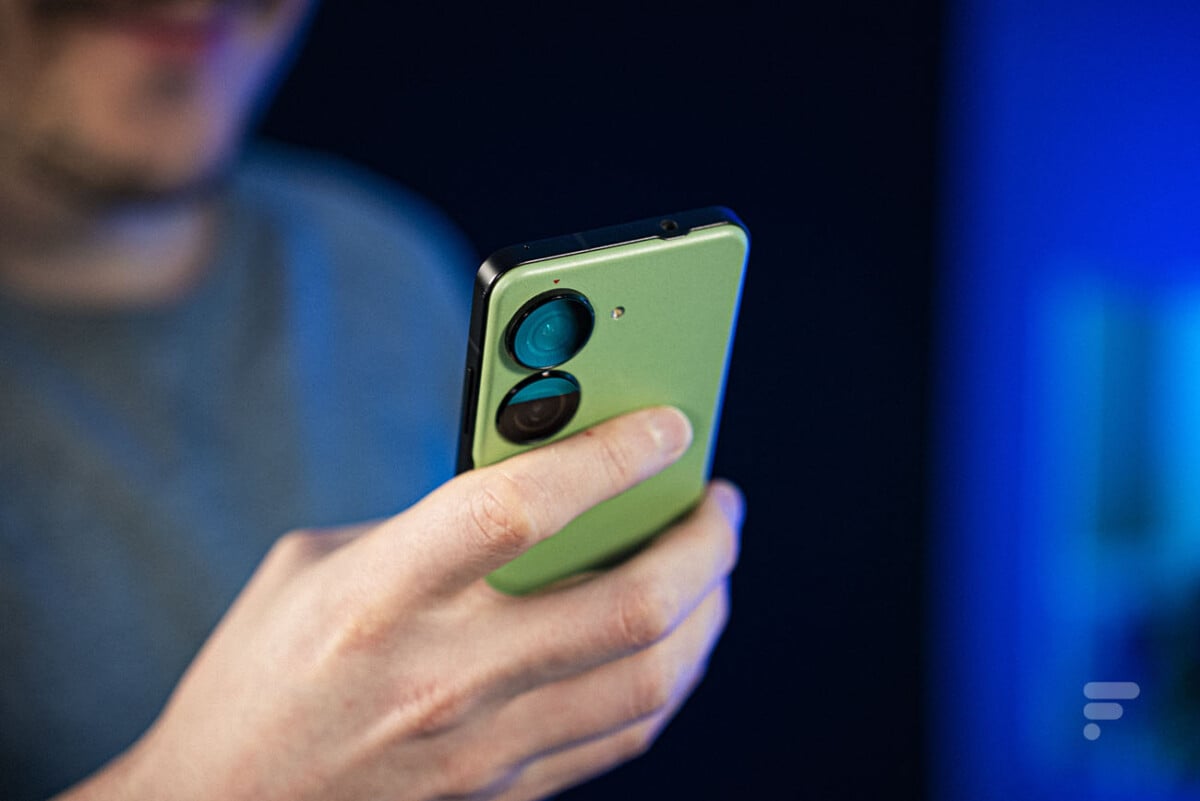
Where competing high-end models often go as far as x3 optical zoom, the Zenfone 10’s x2 hybrid zoom pales in comparison.
Afterwards, to be completely frank, this limitation did not bother me on a daily basis. Firstly because I knew what to expect in terms of photography, then because when I want to take good quality photos, which I will enjoy looking back on later, I am especially in the habit of take out my hybrid camera, a Sony A7 III.
From then on, my main photo use on the Zenfone 10 was as a memory aid, to take photos of product features during a press conference, to take a selfie with my medal after a run or to take the meter reading for my gas boiler. In short, for these uses, the Zenfone 10 is more than sufficient.
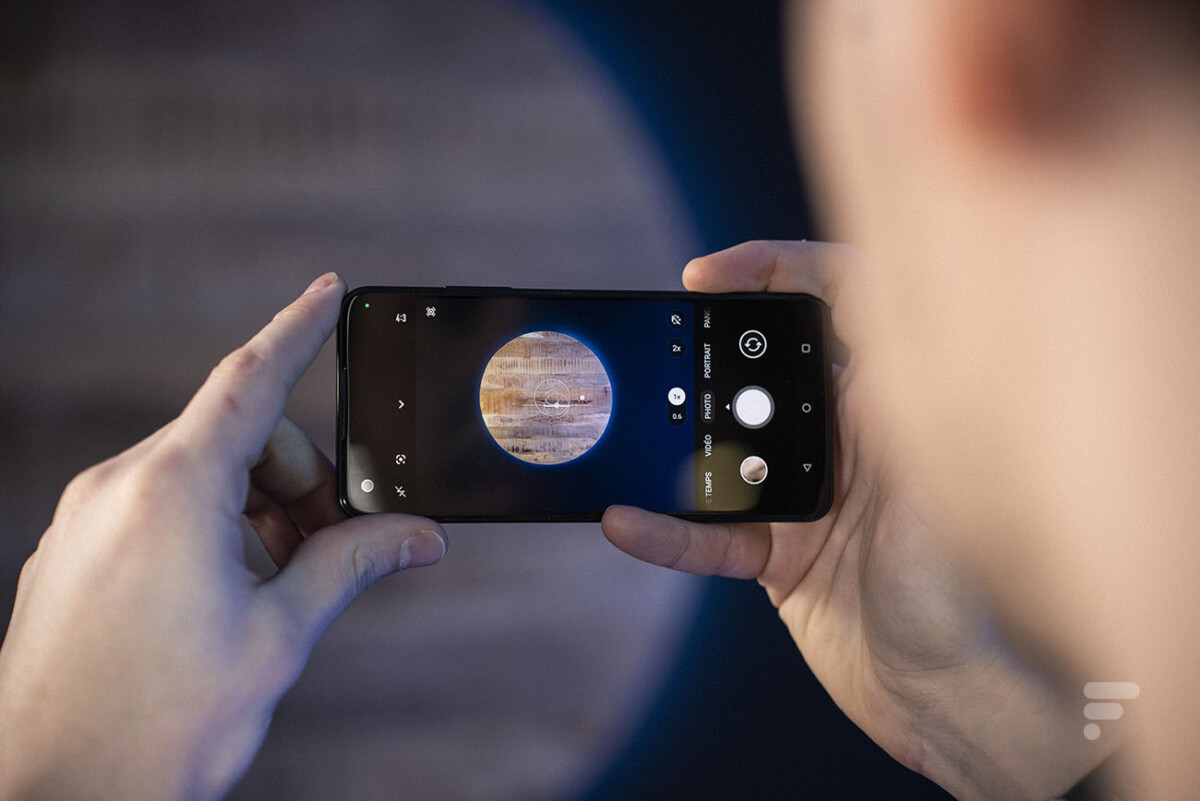
But after all, perhaps I would have been more fulfilled, productive and inspired if the smartphone had offered greater versatility in photography. There, if only the fact that the smartphone does not natively capture the photos in RAW format could have been a hindrance to inspiration.
Asus Zenfone 10 price and availability
The Asus Zenfone 10 has been available since August 2023. Initially launched at 799 euros, it can now be found for less than 750 euros.
Where to buy
Asus Zenfone 10 at the best price?
